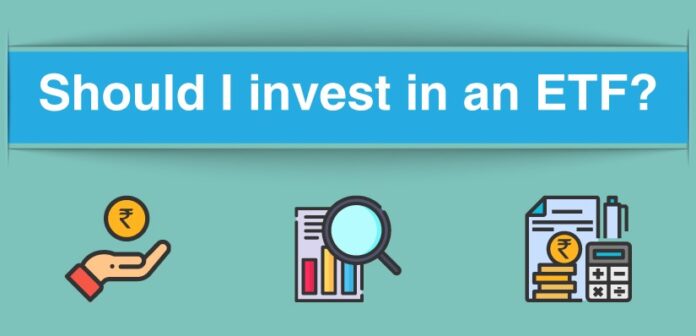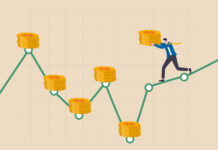The share of passive mutual fund investments in the total asset management industry AUM has been growing at a fast pace in developed markets like US, UK, Eurozone, Japan etc over the past 20 years or so. Passive mutual funds AUM in India is also growing at a fast pace in the past few years. Exchange Traded Funds and index funds are the two most popular passive funds. As per AMFI data, ETF is the largest mutual fund schemes category.
While a very large part of Exchange Traded funds AUM is from institutional investors e.g. EPFO, retail and HNI, investments in passive funds have been growing at a fast pace. In this article, we will discuss the benefits of investing in Exchange traded funds.
What is an Exchange Traded Fund?
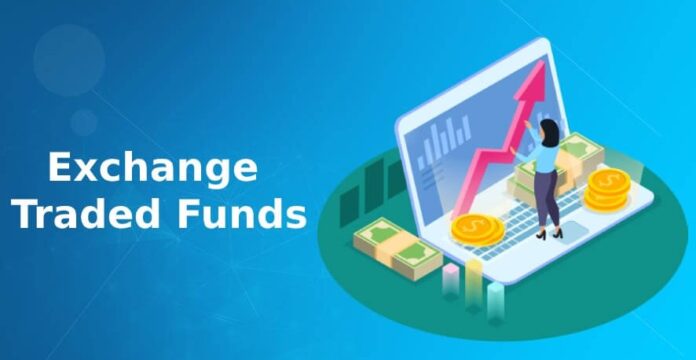
Exchange traded funds (ETFs) are passive mutual fund schemes tracking market indices. ETFs do not aim to beat the market segment(s) they are tracking; they simply aim to give market returns. The cost (TER) of ETF is much lower than actively managed mutual funds. You need to have demat and trading account to invest in ETFs. With the growth of ETFs in popularity and AUM, there are now ETFs tracking almost all asset classes like stocks, bonds, commodities, etc.
An exchange traded fund (ETF) is a type of investment fund that tracks a particular market index, such as the S&P 500 or the Dow Jones Industrial Average. ETFs are traded on stock exchanges, just like regular stocks. One advantage of ETFs over traditional mutual funds is that they can be bought and sold throughout the day, unlike mutual funds, which can only be purchased or sold at the end of the day.
Types of ETFs
Many different types of ETFs are available, each with their unique investment strategy. Here are some of the most common types of ETFs:
1. Passive and Active ETFs
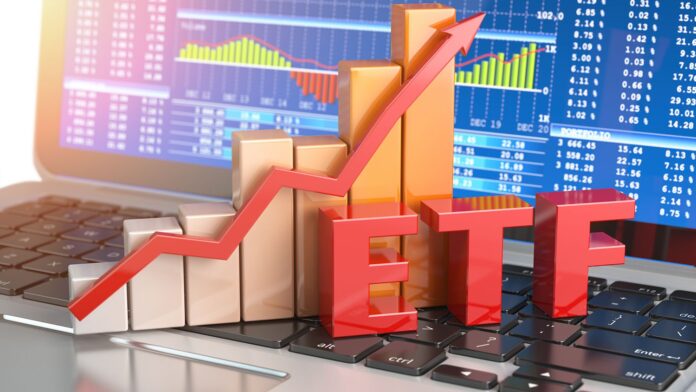
The two main types of ETFs are passive and active. Passive ETFs track a specific index, such as the S&P 500, and aim to replicate the performance of that index. On the other hand, active ETFs are managed by investment professionals who actively select the underlying securities to outperform a specific benchmark index. They are generally more expensive than passive ETFs and have higher turnover rates.
2. Stock ETFs
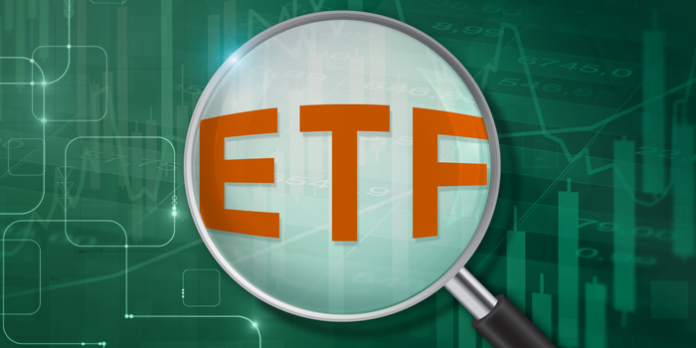
Stock, or equity, ETFs invest in a basket of stocks that track a particular index, sector, or region. For example, the SPDR S&P 500 ETF (SPY) tracks the S&P 500 Index, which comprises 500 large-cap US stocks. Similarly, the Vanguard FTSE Emerging Markets ETF (VWO) invests in over 800 emerging market stocks.
3. Bond ETFs
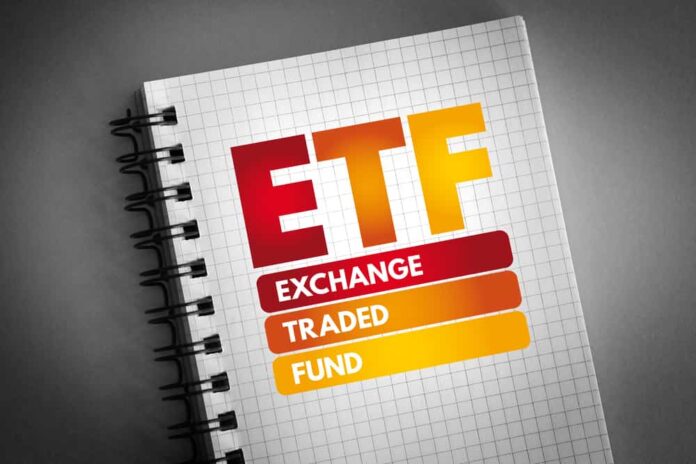
Bond ETFs are funds that track bonds, similar to how other ETFs track stocks. They offer investors exposure to the bond market without having to purchase individual bonds. Bond ETFs can be traded on stock exchanges and offer many of the same benefits as ETFs, including low costs, tax efficiency, and diversification.
Bond ETFs can be used to gain exposure to a specific bond market, such as the US Treasuries market, or to a specific type of bond, such as corporate bonds. Bond ETFs can also be used to hedge against inflation or interest rate risk.
4. Industry/Sector ETFs

Industry or Sector ETFs are one type of exchange traded fund. As the name suggests, these ETFs track stocks within a particular industry or sector. For example, some ETFs track the energy sector, the healthcare sector, and even the technology sector. Sector ETFs can be a great way to get exposure to a specific industry or sector you are interested in. They can also be a great way to diversify your portfolio.
5. Commodity ETFs
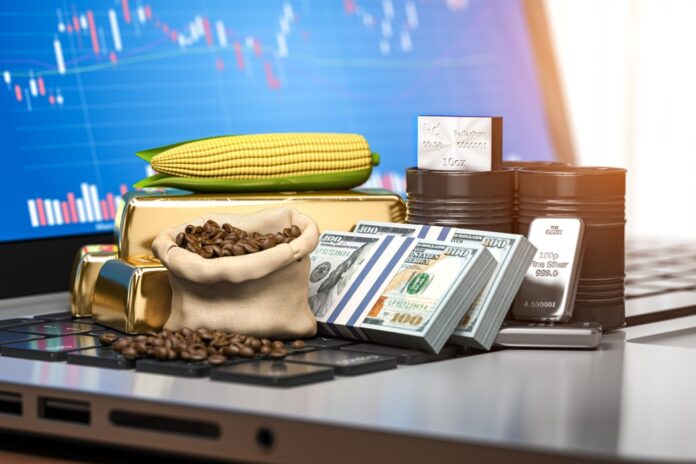
Commodity ETFs are another type of exchange traded fund. These ETFs track commodities such as gold, silver, oil, and even agricultural products. Commodity ETFs can be a great way to get exposure to a specific commodity you are interested in. They can also be a great way to diversify your portfolio.
6. Inverse ETFs
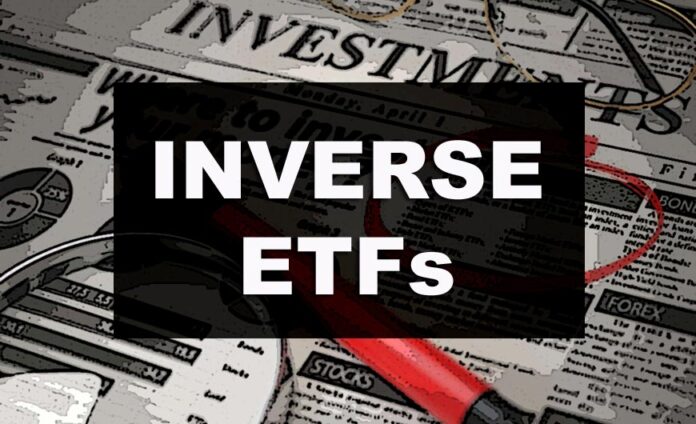
Inverse ETFs are usually marketed to profit from market declines or hedge against market risks. However, inverse ETFs are not without risks. For example, an inverse ETF will fall if the underlying benchmark index rallies. In addition, inverse ETFs tend to be more volatile than traditional ETFs, which means they can lose money more quickly during market declines.
Benefits of Investing in ETFs
- Total Expense ratios (TER) of Exchange Traded funds are much lower than actively managed funds. TERs have a direct bearing on return because the AMC charges TERs as fees to investors, which get adjusted in mutual fund NAV. In order to match or outperform ETF returns, an actively managed mutual fund with the same benchmark index as the ETF, will have to beat the benchmark by a large margin i.e. create large alphas. It may be difficult for active funds to consistently create large alphas.
- In order to beat the benchmark index, the fund manager of an active fund will have to be overweight or underweight on certain stocks in the index. This will result in unsystematic i.e. stock or sector specific risks. Unsystematic risk is an additional risk in investment over and above market risks. There is no unsystematic risk in Exchange Traded funds. ETFs are only subject to market risks. In other words, overall risk is lower in ETF.
- Fund managers may have human biases which may reflect in the performance of the mutual fund schemes. There is no human bias in an ETF because it simply tracks the performance of the market index.
- Most market benchmark indexes which ETFs track are market capitalization weighted. In market cap weighted indexes, underperforming stocks get lower weights and outperforming ones get higher weights. Naturally such ETFs also have lower allocations to underperformers and higher allocation to outperformers.
- You can get exposure to gold as an asset class through gold ETFs. Gold ETFs are much more cost efficient investment options compared to physical gold e.g. gold jewellery, gold coins, gold bars etc. Unlike physical gold, there are no making charges, impurities, storage charges etc in gold ETFs. The buying / selling prices of gold ETFs reflect the market price of pure 24 carat gold.
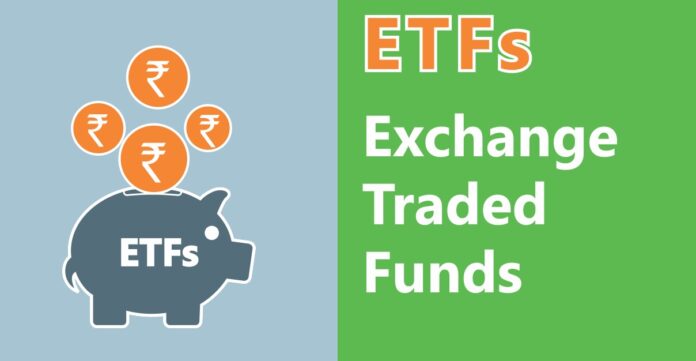
In this article, we have discussed the benefits of investing in Exchange Traded Funds. Investors should consult with their financial advisors, if Exchange Traded Funds are suitable for their investment needs. For more information, click here.
